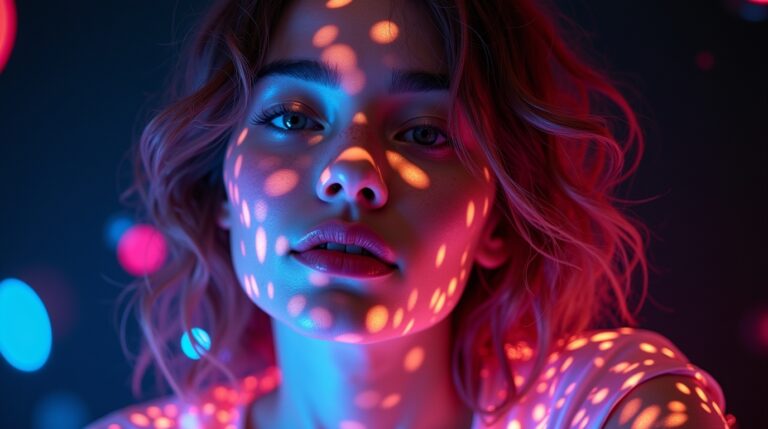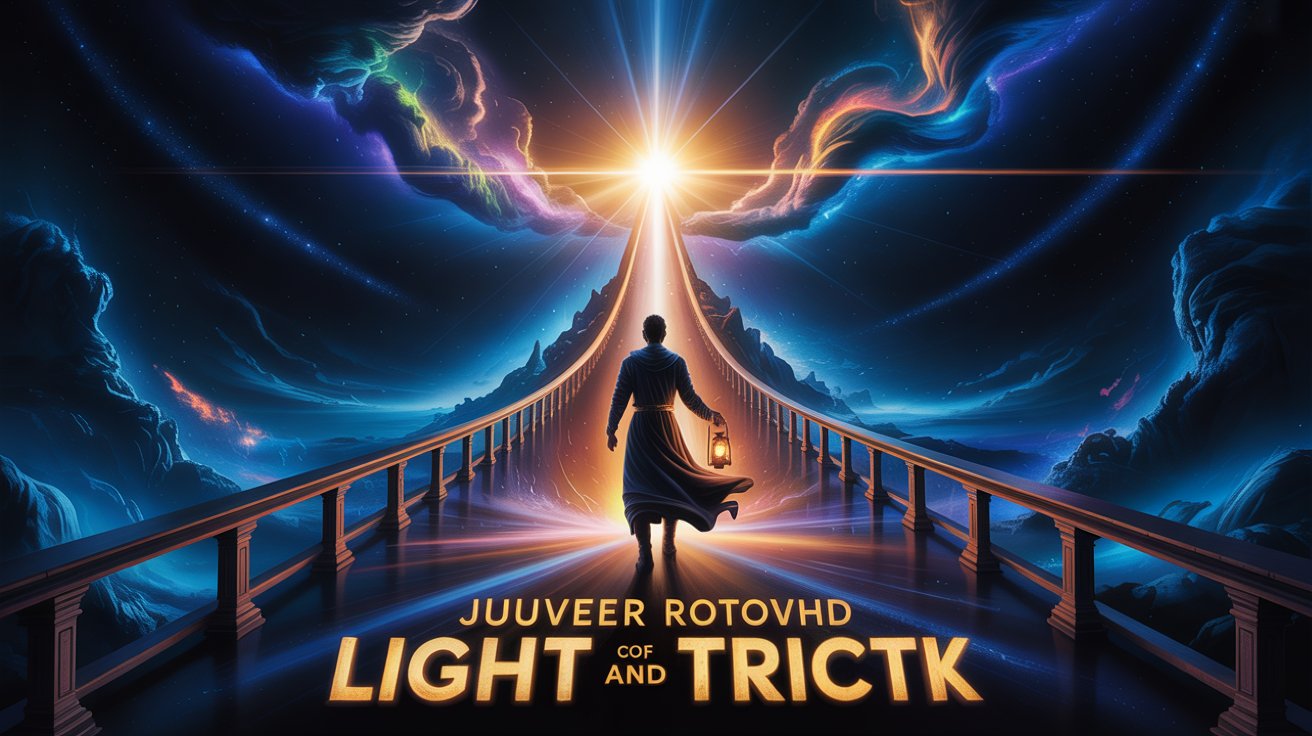

Over the past two years, AI art tools have transformed how we think about creativity. Platforms like MidJourney, DALL-E, and Stable Diffusion have pushed digital art into mainstream culture. They’ve generated hyperrealistic portraits, surreal landscapes, and concept art that looks like it came straight out of a movie studio.
But ask anyone who has tried to generate a poster, logo, or meme with actual text inside the image, and you’ll hear the same frustration: the words come out broken, misspelt, or downright unreadable. Typography has always been AI’s weak spot.
That blind spot is exactly where Ideogram AI has stepped in. Instead of chasing photorealism, it made typography its central mission, delivering images where text isn’t an afterthought but a design feature.
Ideogram AI launched in 2023, founded by a team of former Google Brain researchers based in Toronto. Their vision was simple but ambitious: make AI-generated visuals communicate as clearly as they look beautiful.
Within months of its launch, Ideogram AI went viral on Reddit, Twitter (X), and design forums. Not because it could generate the most realistic dragons or cinematic portraits but because it could do what no other AI tool could: put crisp, readable, styled text into an image.
In a digital landscape overflowing with AI art platforms, that singular focus gave Ideogram a unique identity.
If MidJourney is the painter and Stable Diffusion is the developer’s playground, then Ideogram is the wordsmith designer.
Instead of trying to compete directly with hyperrealistic art generators, Ideogram carved out a niche in visual communication. It’s not about creating the most lifelike textures but about making designs where typography and imagery work hand in hand.
That’s why you’ll see it used for:
The difference is visible immediately: you don’t need to squint or guess what the text says. It’s clear, stylised, and purposeful.



At its core, Ideogram runs on the same diffusion model principles as tools like DALL-E and Stable Diffusion. These models start with static noise and “diffuse” it into an image guided by your text prompt.
The breakthrough is in how Ideogram trained its model: it fed the system massive typography-rich datasets so the AI could learn how text behaves inside images. The result? You get designs where the word “Coffee House” on a poster actually looks like a coffee shop logo, not “C0fie Housa”.
For users, the process is refreshingly simple:
Sign up with your email.
Type your prompt (example: “Retro poster with the words ‘Space Disco Night’ in neon style”).
Select a style preset (minimal, bold, retro, futuristic, etc.).
Generate. Within seconds, you have four variations to choose from.
No coding. No plugins. No complex settings. If you can type, you can create.
Spend a few minutes scrolling through Reddit design threads or X (formerly Twitter), and you’ll see Ideogram’s fingerprints everywhere.
The fact that hobbyists and professionals alike are showcasing their creations says a lot: Ideogram isn’t just a gimmick; it’s carving out a cultural presence in digital design.
One of the most interesting things about Ideogram is how different groups find different value in it.
This versatility is what makes Ideogram stand out; it’s not limited to “artists”. It’s a tool for anyone who communicates visually.


Like any new tool, Ideogram comes with strengths and weaknesses.
To understand Ideogram’s place, it helps to view it against the giants
This analogy-driven view makes it clear: Ideogram isn’t competing head-on; it’s filling a critical gap.
Currently, Ideogram offers both free and pro plans.
Free Plan: Includes daily credits, community access, and standard resolution images. Great for casual creators.
Pro Plan: Paid subscription with more credits, higher resolution, priority rendering, and broader commercial usage rights.
If even half of these features roll out, Ideogram could shift from a niche tool to a mainstream design essential


AI design isn’t just about making pretty pictures; it’s about communication. That’s why Ideogram matters. It solved the one problem every other AI art tool ignored: making text not just readable, but designworthy.
For professionals, it means faster workflows. For small businesses, it means affordable branding. For creators, it means memes and posters that actually look polished.
As AI continues to redefine creativity, Ideogram stands out not as just another art generator but as a bridge between language and design.
If you’ve ever struggled with AI images that garbled your words, Ideogram is the tool worth trying.